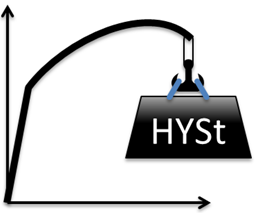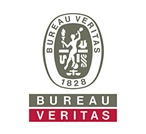HYSt: High Y/T Steel
Wei Jun Wong
High-strength steels are increasingly used in construction for weight and size reduction, but they are known to have a higher ratio of yield strength to ultimate tensile strength (Y/T ratio) than lower-strength steels. Many product specifications, rules for material certification, and design codes specify maximum allowable limits on the Y/T ratio, which often could not be satisfied by high strength steels, on the basis of a minimum required ductility. Furthermore, some rules prescribe a maximum allowable stress as a fraction of the ultimate tensile stress, giving an effective upper bound on the design utilisation of the available strength of steels with high Y and Y/T.
While higher Y/T ratios are widely seen as unfavorable for the safety of structures, engineering companies that want to apply higher-strength steels are under pressure to accept higher Y/T ratios, and certifying bodies are under pressure to accept the application of higher Y/T ratios. The HYSt project aims to suggest what the rules for a maximum allowable Y/T ratio should be, based on demands of structures and in light of the anticipated application and loading. This project also aims to facilitate the maximum working stress as close to the specified minimum yield strength as possible. At the same time, generic and easy to apply rules will be emphasized.
This Joint Industry Research Program is co-funded by TKI Maritiem and several industrial partners:






